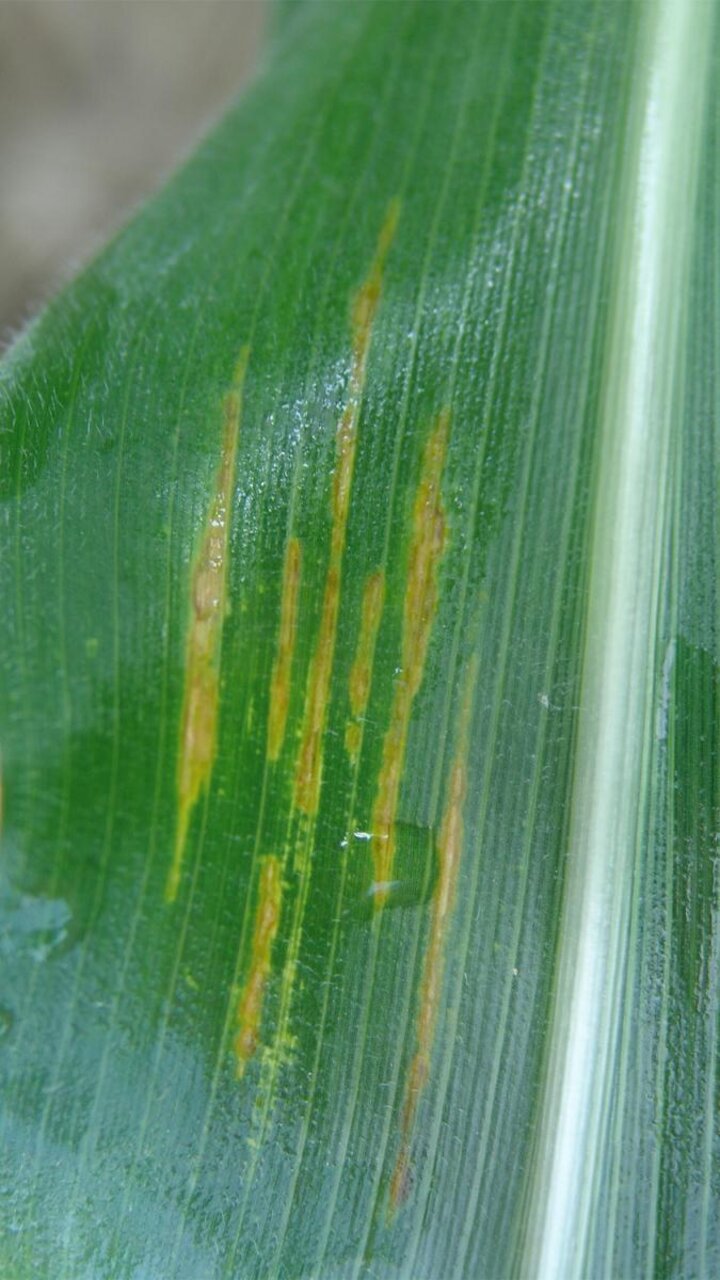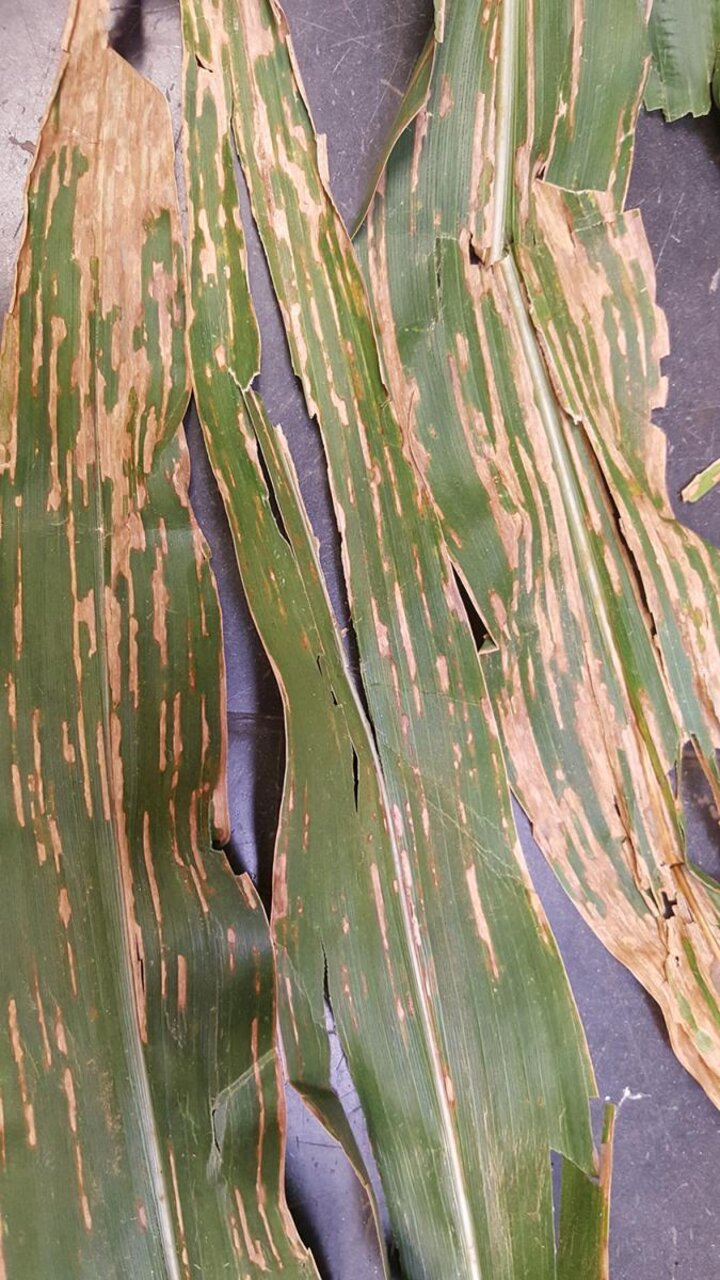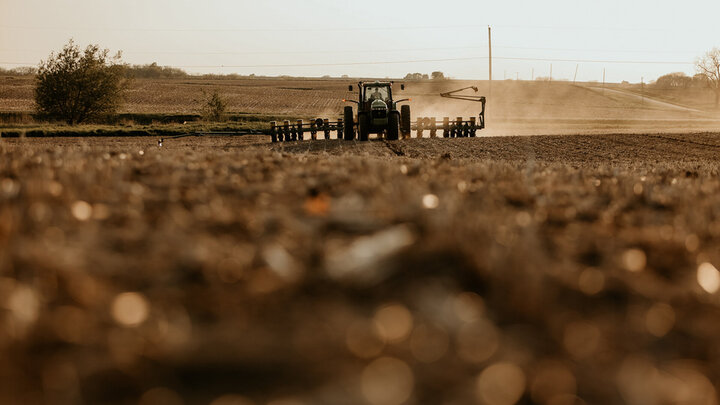By Tamra Jackson-Ziems, Nebraska Extension Plant Pathologist
Pathogen
Bacterial leaf streak, caused by Xanthomonas vasicola pv. vasculorum (synonym X. campestris pv. zeae), was confirmed for the first time in the United States in Nebraska in 2016 and has now been confirmed in Colorado, Illinois, Iowa, and Kansas. The disease had only been reported on corn previously in South Africa, although the pathogen has caused gumming disease, a serious disease on sugarcane in several other countries. The disease has been confirmed in corn across many Nebraska counties.



Symptoms
Symptoms on infected plants may look similar to other common diseases, sometimes causing confusion and misdiagnoses. Narrow stripes between leaf veins may initially look like the common fungal disease, gray leaf spot. Lesions can be brown, orange, and/or yellow and are often yellow when backlit. Lesions usually have slightly wavy edges in contrast to the smooth, linear lesion margins of gray leaf spot.



Epidemiology
Bacterial leaf streak has been observed on field (dent) corn, seed corn, popcorn, and sweet corn in Nebraska. The pathogen biology and disease epidemiology have not been studied enough to be well understood. Its potential impact on yield is not known in commercially available hybrids. The pathogen survives in infected corn debris from previous seasons and is thought to infect the plant through natural openings in the leaves. Irrigation and wind-driven rain, as well as warm temperatures, are thought to exacerbate the disease.
Management
Foliar fungicides used to manage gray leaf spot and other fungal diseases are not expected to effectively control this bacterial pathogen. Until more research has been conducted to determine the most effective management strategies for this disease, corn producers are advised to use standard management practices for bacterial diseases.
Cultural Practices
- Sanitation practices such as cleaning debris from combines and other equipment between fields can help slow its spread to unaffected fields.
- In some cropping systems use of crop rotation or tillage may help degrade infected corn debris and reduce the surviving bacteria.
However, neither practice will eradicate the bacterium and eliminate the risk of disease.
See related CropWatch article, Bacterial Leaf Streak of Corn Confirmed in Nebraska, Other Corn Belt States.








